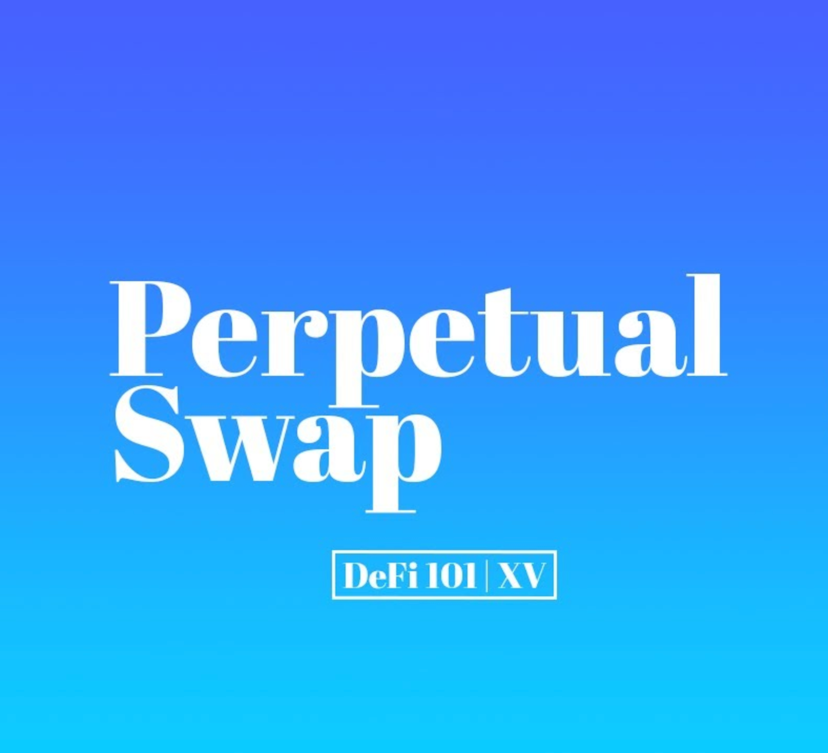Decentralized Perpetuals Trading with dYdX and MCDEX
Perpetuals are a swap product for traders to hold exposure indefinitely, versus having to roll their futures positions. It was BitMEX who solved this problem with what’s now popularly known as “the perpetual swap”–a Bitcoin derivative contract that never expires. In 2020, these perpetuals markets on Bitmex and the likes of Binance can generate billions…
By: The Defiant Team • Loading...
Explainers
Perpetuals are a swap product for traders to hold exposure indefinitely, versus having to roll their futures positions. It was BitMEX who solved this problem with what’s now popularly known as “the perpetual swap”–a Bitcoin derivative contract that never expires. In 2020, these perpetuals markets on Bitmex and the likes of Binance can generate billions of trade volume daily, even beating spot crypto trading. Recently, DeFi is developing its own perpetual market.
Like most money legos, decentralized perpetual markets are a simple twist on legacy centralized markets–to trade on a decentralized perpetual all you need is an Ethereum wallet and the courage to deploy some capital. There’s no KYC, no sign-up, and in the case of decentralized exchanges like dYdX and MCDEX–no centralized team to control your funds.
The underlying mechanism that enables perpetual markets is the funding rate. With perpetual markets, either longs or shorts will pay the other side over a specified time window (often 8 hours–hence an 8HR funding rate). The amount paid is a reflection of both how much leverage each side is employing as well as the difference between the index price and the price of the perpetual contract. Here’s an example: if BTC is $15,000 according to the index price fed by an oracle, and the dYdX perpetual market for BTC/USD is $15,005. The funding rate would then have those in a long position paying those in a short position, to incentivize more to short the market and bring the perpetuals price down to $15,0000 BTC.
Another thing that makes crypto markets so appealing to traders is volatility.
In traditional forex markets, traders might see less than 1% movements on average over many months so the key to their making a living is using larger positions. Making a small percentage gain on a larger position, means more profit. To take a larger position, or amount of money, means using leverage.
So despite the already volatile nature of crypto markets, yet another advantage to decentralized perpetuals is that one can trade a larger position using leverage and potentially earn larger profits (or lose more money if the market moves against them).
The final advantage of decentralized perpetuals is that one can increase exposure to a cryptocurrency, by using that cryptocurrency as collateral instead of fiat. To make more ETH, one can deposit ETH as collateral and trade 10X the value of it on decentralized perpetual markets like dYdX and MCDEX.
Note: Subscribe now and join over 100K subscribers and keep up to date with the latest Crypto, DeFi, and NFT content.
Advertisement
Get the best of The Defiant directly in your inbox 💌
Know what matters in Web3 with The Defiant Daily newsletter, every weekday
90k+ investors informed every day. Unsubscribe anytime.